What is the difference between 201 stainless steel and 304 stainless steel?
 What is the difference between 201 st...
What is the difference between 201 st...High -speed steel is the abbreviation of high -speed tool steel, commonly known as "Feng Steel" (because it can also harden in the air, also known as "wind steel"). Since 1898 Americans Fred W ∙ Taylor and its assistant M∙ Whiet have inventing high -speed steel to this day, have gone through the double years. Throughout the current steel species in the world, whether the complex relationship between its chemical ingredients, organizations, and performance, or the difficulty of smelting, pouring, forging, rolling, pulling, plastic forming and heat treatment, high -speed steel Undoubtedly one of the hardest steels.
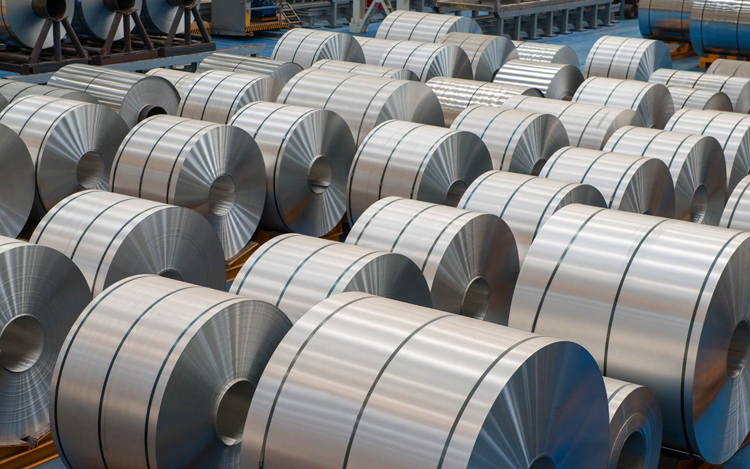
Since the heating and quenching of high-speed steel salt baths in China, it has followed the 5-3-2 formula (mass score,%) of the former Soviet Union, that is, 50bacl2+30kCl+20NACL, the melting point temperature is 560 ° C, and the temperature is 580-620 ° C. For tools or HSS steel pieces with an effective size below 20mm, they can reach high hardness of more than 65HRC; HSS-E steel parts can reach ≥66HRC. my country's tool industry, using this grading quenching process to create one provincial, ministerial, and national excellence, indicating that it is extremely vitality.
Times are developing and technology is progressing. With the deepening of people's understanding of the importance of cooling speed, it is found that the average cooling speed of the workpiece at 800 ° C ° C is <7 ° C ⁄S, which will be produced by carbides and affects hardness and other performance. At the expense of huge sums of money from Europe and the United States, calcium -based graded salt, its formula (mass score,%) is 48CACL2+31BACL2+21NACL, the melting point is 435 ° C, and the temperature is 480∼560 ° C. In order to simplify the formula in China, some domestic factories have been changed to 50CACL2+30BACL2+20NACL. The melting point is slightly improved compared to traditional calcium -based salt, but the grading temperature remains at a level of 480∼560 ° C.
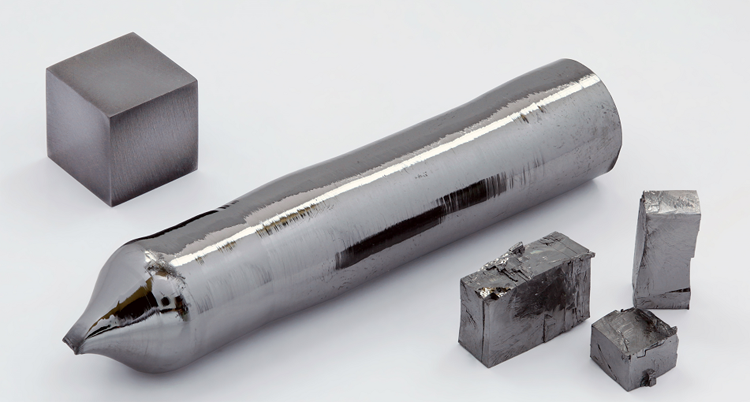
Regarding the CA base salt bath technology, the former Soviet Union was released in the 1940s. It was passed to China in the 1950s. Many factories tried it in the 1960s. When I worked in Guilin in 1978, I also equipped CA base salt bath with the CA base salt bath. Because the furnace was opened once a week, the stove was long, and the salt bath was too much hygroscopic and was forced to eliminate.
Some factories conducted on -site testing the cooling speed of the graded salt bath. The φ40mm workpiece was cooled at 800 ° C ° C at 550 ° C. The workpiece is cooled at 500 ° C calcium, and the cooling speed of 800∼1000 ° C is 9 ° C ⁄s.
There is no doubt that the cooling speed of 580-620 ℃ barium salt bath at 1000∼800 ° C is definitely slower than that of 480∼560 ° C calcium salt bath. When the effective diameter of the workpiece is 20∼40mm, the calcium salt is superior. But the size is below 20mm, there is no need to replace it with calcium -based salt. The key is how to control the temperature of the salt bath below 600 ° C.

For workpieces with diameter> 40mm or more, you can use oil to cool down and then rotate the graded salt cold, and then go to the medium grades to nitrate. This can ensure that the hardness after the heat treatment is ≥65HRC. As for foreign experience, based on the principle of "foreign use, reform and innovation", must not be blindly obeyed. Foreign moon is not compared to China's circles. Chinese heat treatment workers have the ability to wisdom and control the graded salt.
High -speed steel must be recovered after quenching, and there must be 4 purpose of the ignition:
① Thoroughly eliminate quenching stress.
② Promote the full decomposition of the residue Alex.
③ produce the best secondary hardening effect.
④ To achieve the required comprehensive mechanical performance and good use performance.
The recovery temperature is 5400560 ° C. Whether it is a salt bath or vacuum quenching, it is planned to use 100%KNO3 or 100%Nano3 salt bath and keep insulation for 1h. After each fire, you must be cold until the room temperature before the next time he ignites. The number of ignitions is generally 3 times. If the ignition is not sufficient, or the temperature -oriented sedge, and the high -performance high -speed steel parts, the ignition must be performed.
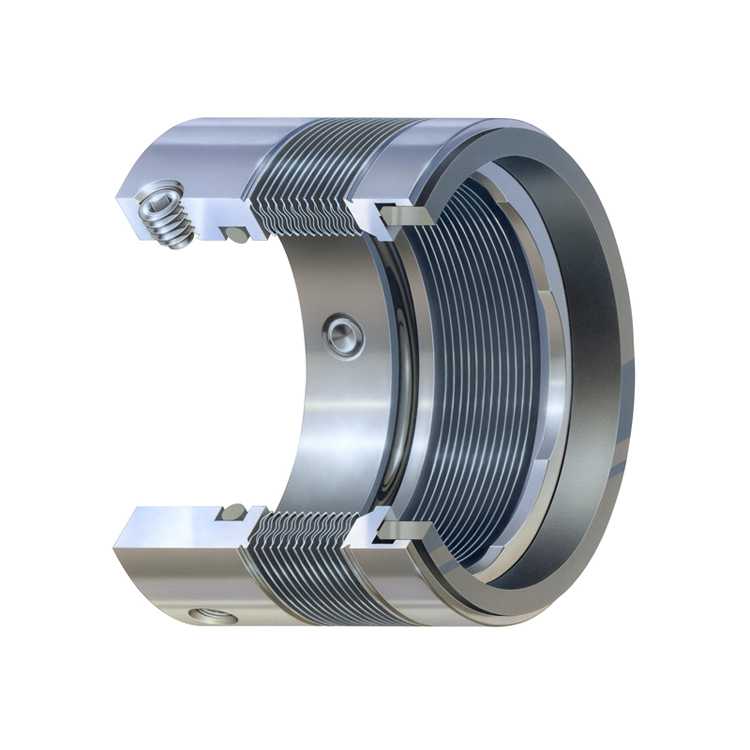
The degree of fire is generally divided into three levels. It is not based on the number of fires, but Jin Xiang said.
Level first (sufficient): The carbide of the black back of the golden angle is black, the carbides of the stars.
Two (general): There are white areas in individual areas or carbides accumulation.
Level 3 (Insurance): Most of the viewing fields are white areas, and quenching grains are faintly visible.
Those who want to perform steam treatment and oxygen nitrogen treatment must be strengthened on the surface of the temperature area, and the degree of fire can reach the second level, so that energy saving can be saved.
Check the degree of recklessness to erode with 4%nitrate alcohol solution, the temperature is 18∼25 ° C, the erosion time is 2∼4min, and the 500 times microscope is observed.

In order to improve the toughness, strength and cutting performance of the tool, the tool factory often adopts one bellioplasty treatment, that is, the neutral salt bath 480∼560 ° C is immediately transferred to 240∼280 ° C medium temperature 1∼2h; secondary time; secondary time Beckle treatment is suitable for extremely complex large -scale tools (such as milling cutters, rolling knives, and valid thickness> 100mm with hole tools). The rest of the lower Best body, the rest are residual Austenite and a small amount of carbides. During the first recovery process, a large number of residual Austenite transformed into martensite. Put it in the air cold, but directly switch to the nitrate bath at 240∼280 ° C medium temperature for a certain period of time, so as not to let the residual Austenite transform into martensite and transform into a bellite, that is, the so -called secondary Bel's Sports, this can reduce and prevent the tendency of cracking of large -scale complex tools.
Although the secondary bearing processing process is more complicated, it is good for preventing large knife heat treatment. The recovery process should be heated slowly. Each time the ignition, it should be lower than 500 ° C. It is not allowed to blow the wind after the fire. It is best to be cold. Due to the secondary bearing treatment, the 4 times of fire are not necessarily sufficient, and the ignition should be supplemented once.
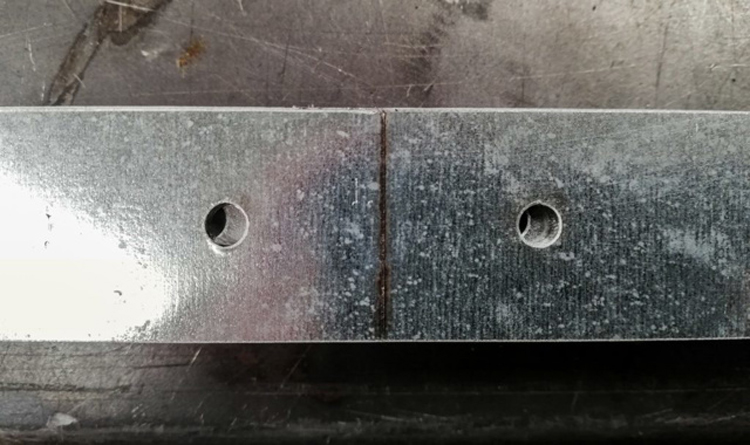
In order to save expensive high -speed steels, friction welding is generally used at home and abroad to produce φ10mm or more pole tools. When friction welding, it generates a high temperature above 1000 ° C, and a large temperature difference is generated on the small areas on both sides of the weld. Only the transformation of pearls will cause a large tissue stress due to the difference in volume, causing cracking. For this reason, the tools after welding should be put in the furnace of 650∼750 ° C immediately. After the tank is filled, the heating 1∼2h will be lowered, and the furnace is cold to 500 ° C.
The focus of the friction welding knife quenching argument is whether to heated whether it is super welded. Exclusive argument for super welded seams: improved the original organization after welding, tested the quality of welding, improved the intensity of welds, and made full use of high -speed steel; arguments below weld heating: In order to prevent quenching cracks and avoid quality disputes. After the vacuum quenching of the welded tool is successful, there are less sounds that the salt bath quenching ultra -welded seam heating and cracking. The author insists on the perspective of super -welded seam heating. Practice has proved that the heating of the ultra -welding seam is not directly related to the quenching crack. At present, most of the tool plants are heated below the weld 15∼20mm. In fact, the cutting length of high -speed steel is shortened, causing waste, which is not economical.
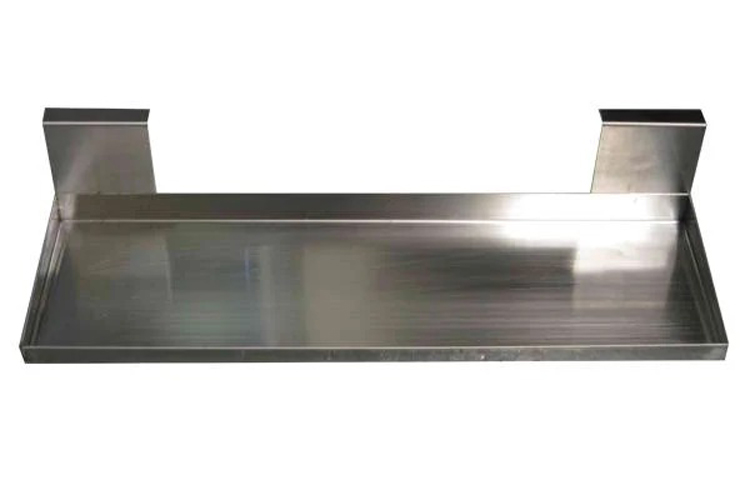
The knife that is heated by the super welding seam is strictly prohibited to pick up. If it is necessary to wash it, it must control the three major elements of the acid concentration, the pickling time, and the temperature of the acid liquid to prevent hydrogen and brief.
The tissue of the high -speed steel knife applied after normal quenching and recovery is the back of the fire macebar+trace residue, the austenite+carbide. For whether to eliminate the residual trace (<5%) residual Auspace, the high -speed steel knife has a normal quenching of 550∼570 ° C × 1H × 3 times to recover, the heat treatment has reached the extreme, and then it is suspected of painting snake painting after deep cold treatment. Austenite is a very soft phase in the steel tissue. Its hardness is only about 200HBW. Compared with high -speed steel tools, it can be seen that too much residual Austenite will obviously do not make the tool high. Japanese scholar Ishima Ishima, etc., passed the experiment that the residual Alex of the Aochina below 15%will not reduce the hardness of the tool, but it can improve the plasticity and toughness of steel. Therefore, it is definitely harmful to reducing the residual austencyl with deep cold treatment. From the beginning of the 1970s until the beginning of the 21st century, many domestic tool factories have conducted cold treatment and deep -cold treatment of high -speed steel knives. No results were seen, so the equipment was set aside.

Compared with other super -hard material knives, the biggest advantage is that the biggest advantage is that the toughness is slightly higher. Deep -cold treatment makes the remaining residual Austenite reduce, and the toughness is worse. Isn't it salt on the wound?
Practice has proved that less than 5%of residues have no harm to the use of tools. HSS steel's hardness is 65∼66HRC, HSS-E steel is used hardness 66∼67HRC. Under the same conditions, the hardness of the hardness is less wear, and the durability of the tool is high. It can be judged that it is obviously unpopular to reduce hardness. However, the life span of the tool has always not talked about heroes at high and low hardness. Excessive hardness leads to increasing brittleness. Not only will it not improve life, but it will reduce life.
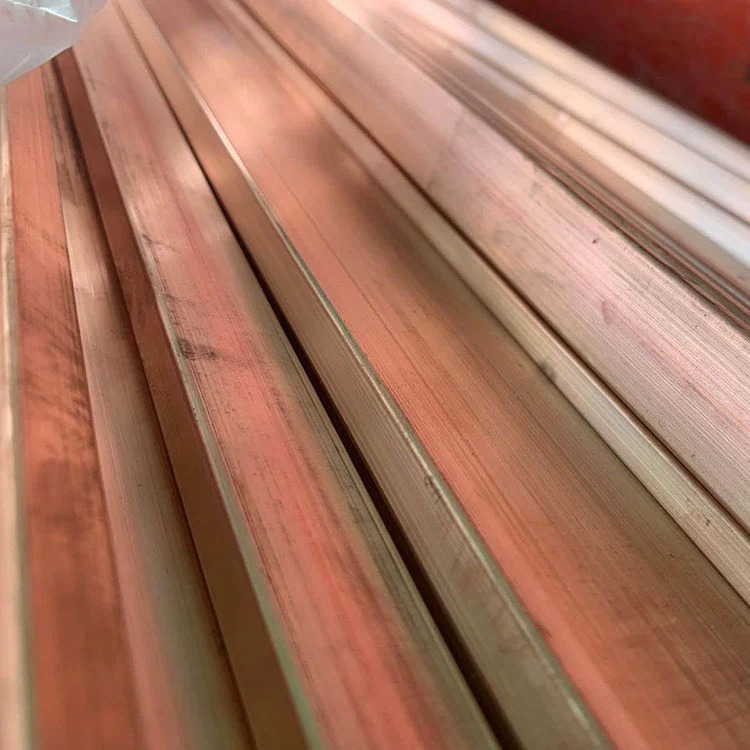
The factors that affect the life of high -speed steel knives are many aspects, and we cannot blindly pursue high hardness. Our principle is to seek high hardness on the premise of satisfying toughness. Experience shows that the full -time tools are treated with deep cold treatment, which will basically not increase hardness, nor will it increase thermal hardness, but will reduce toughness. There are some domestic tool factories to increase deep cold treatment of some tools, such as shaving knives, small molds, and so on. The purpose is to eliminate stress and stability, because the two must be attentive with inner diameter. In the middle, the inner hole does not change in size. There are also some high -speed steel and high -end quantity and molds for deep cold treatment. The purpose is to stabilize the size.
 What is the difference between 201 st...
What is the difference between 201 st... Why is 316 stainless steel better tha...
Why is 316 stainless steel better tha... 400 series stainless steel science
40...
400 series stainless steel science
40... How to distinguish the processing tec...
How to distinguish the processing tec... Non-standard design materials of bras...
Non-standard design materials of bras... What type of titanium alloy does Tc4 ...
What type of titanium alloy does Tc4 ...